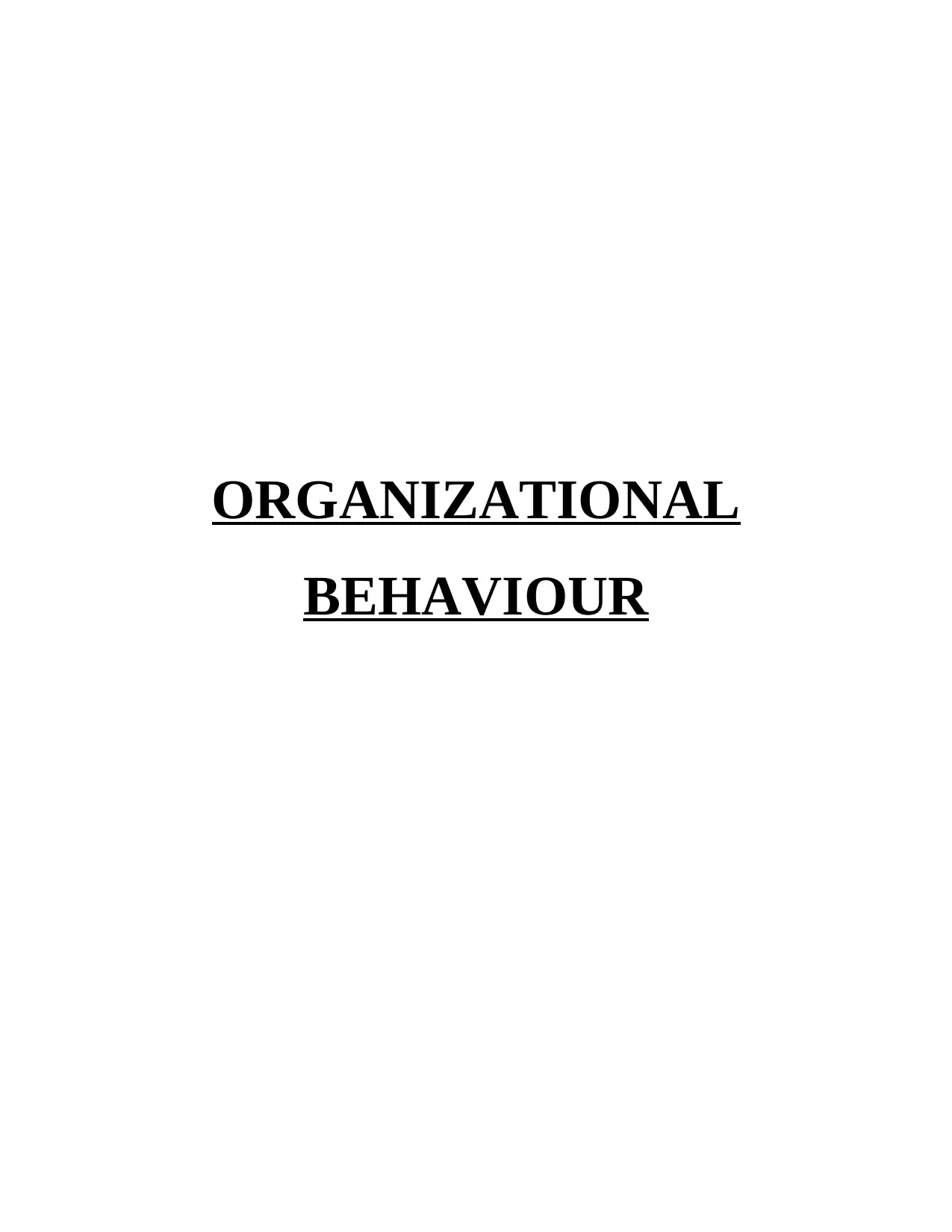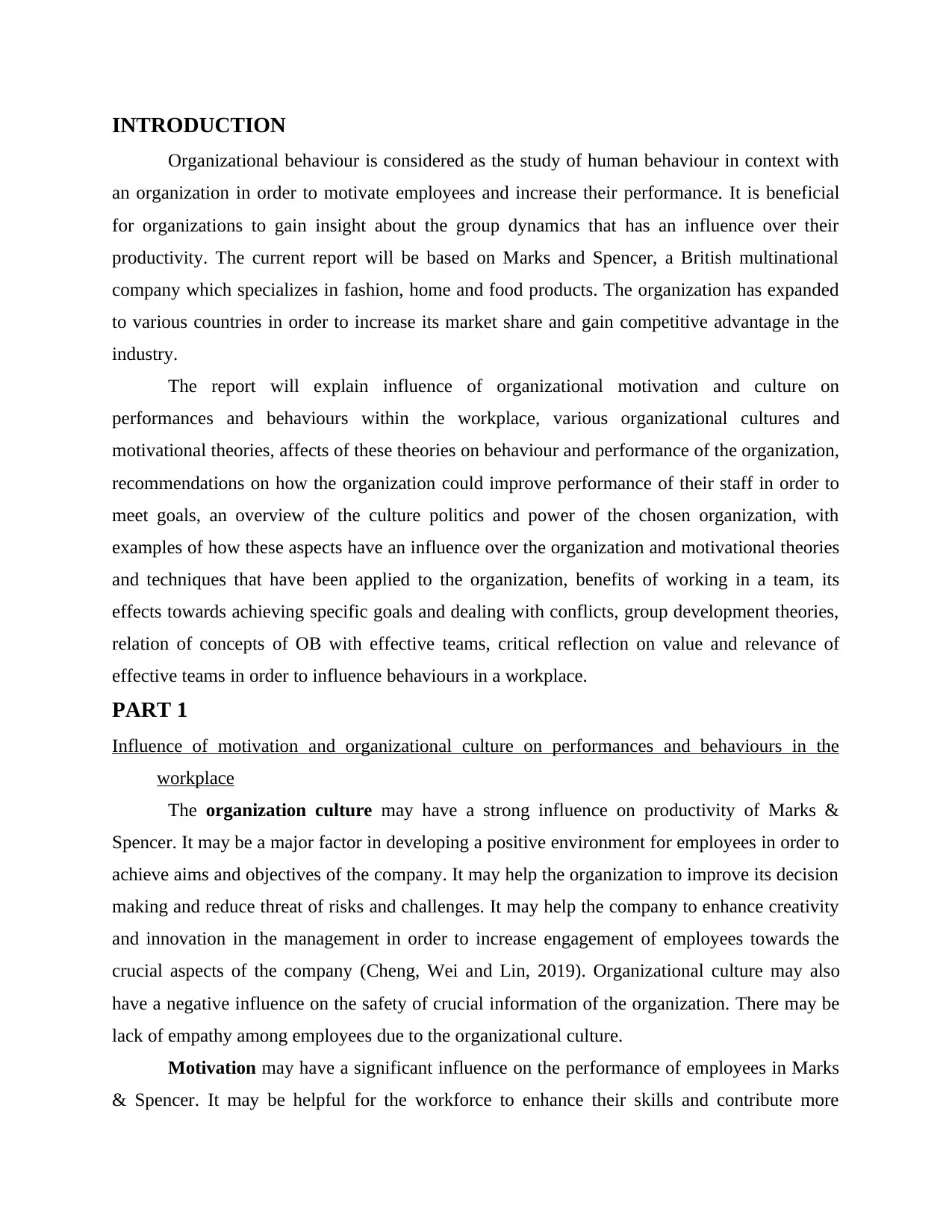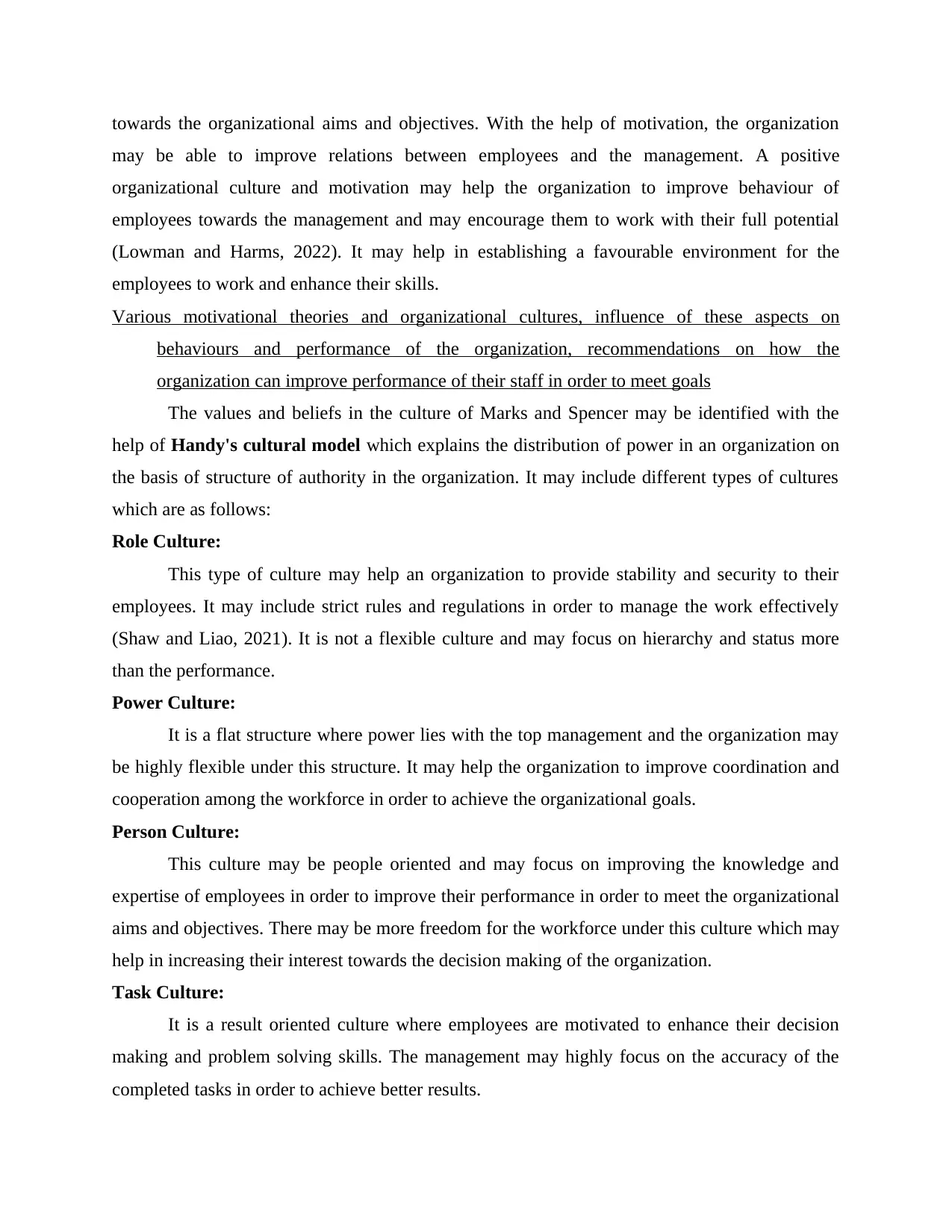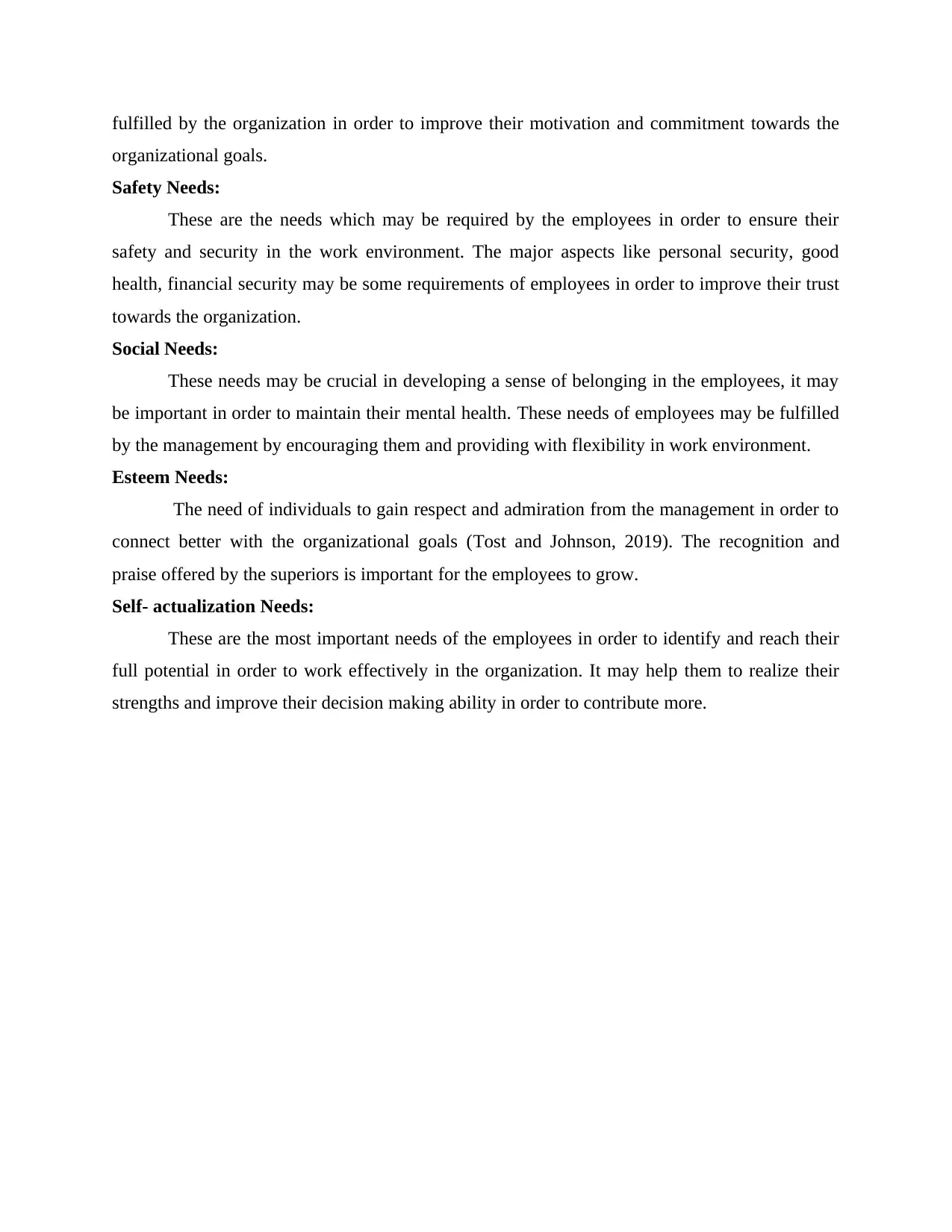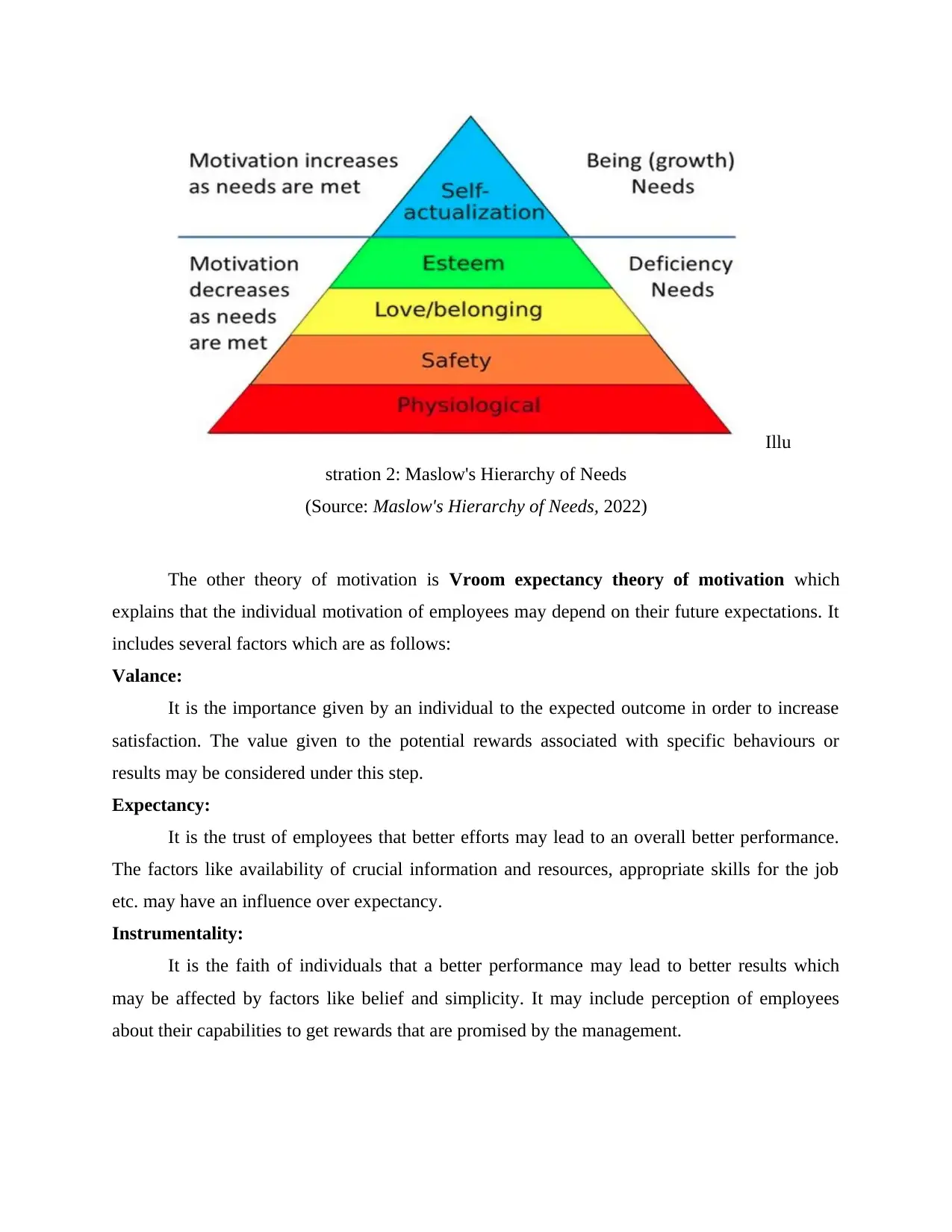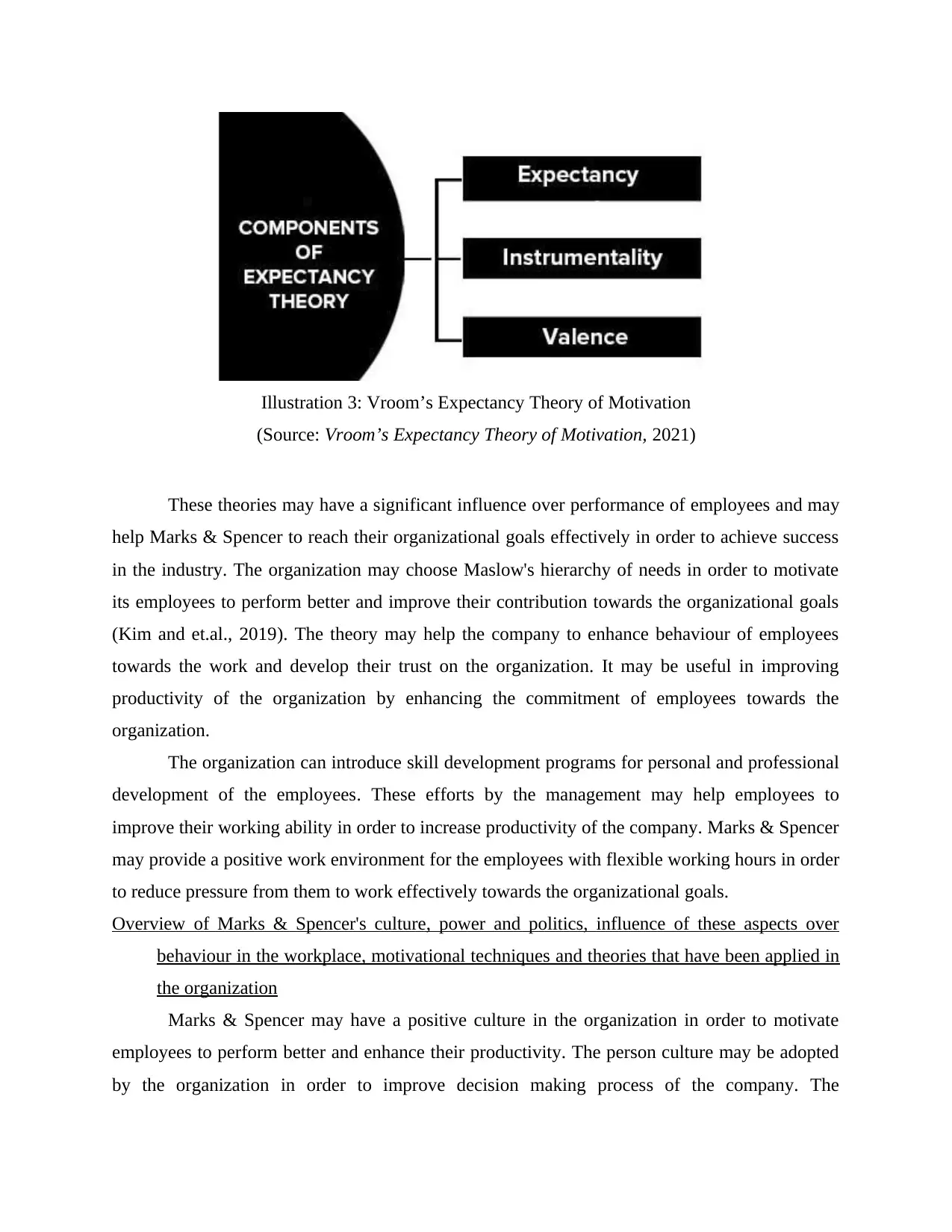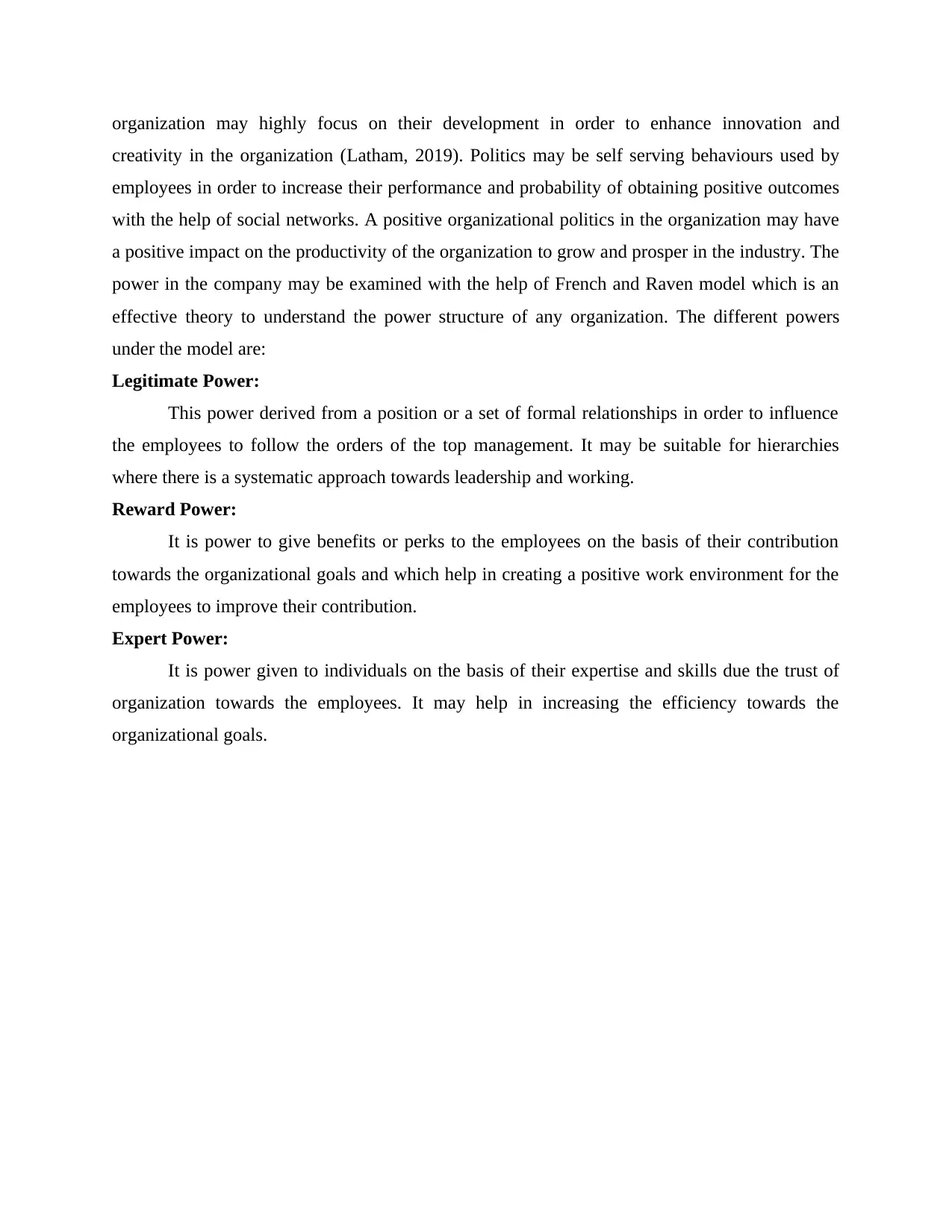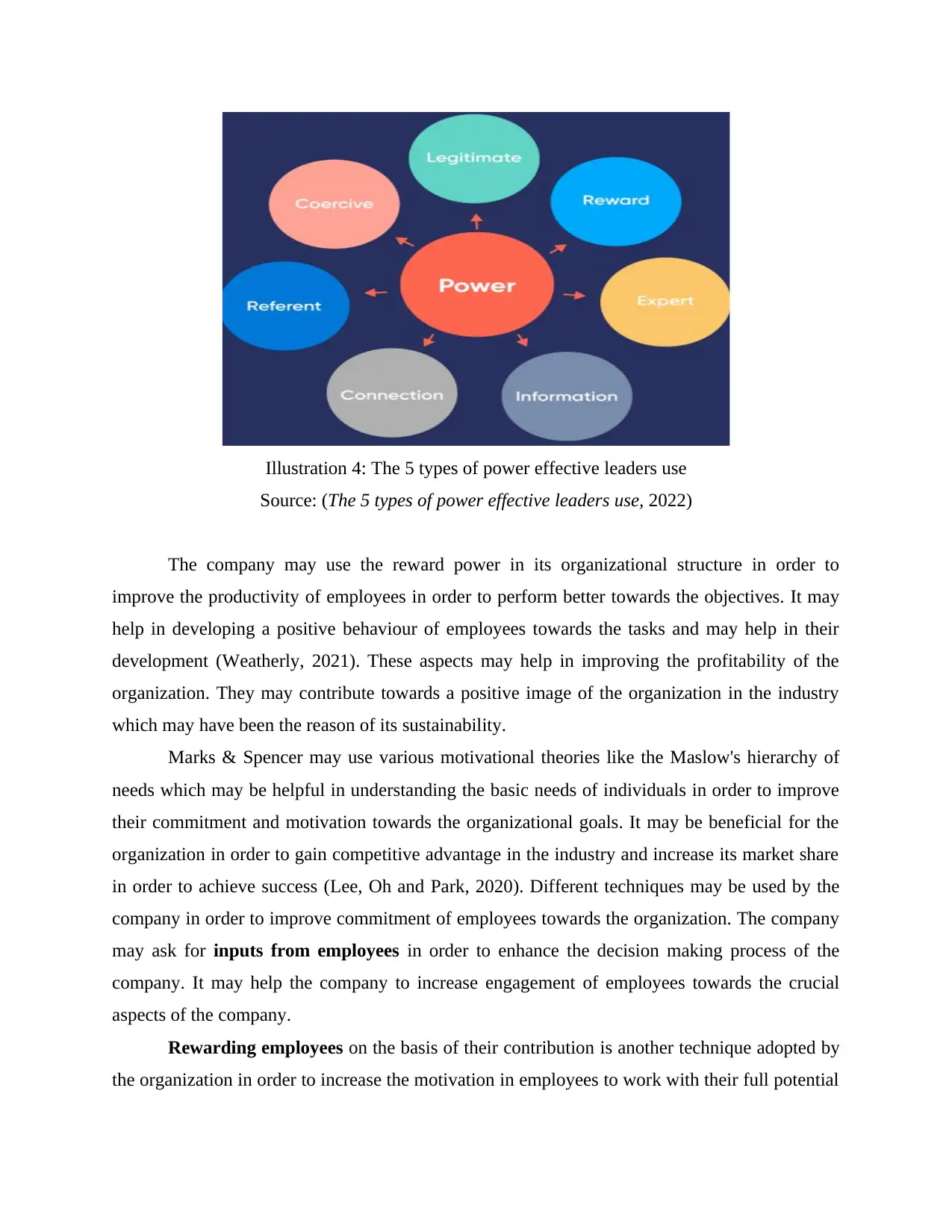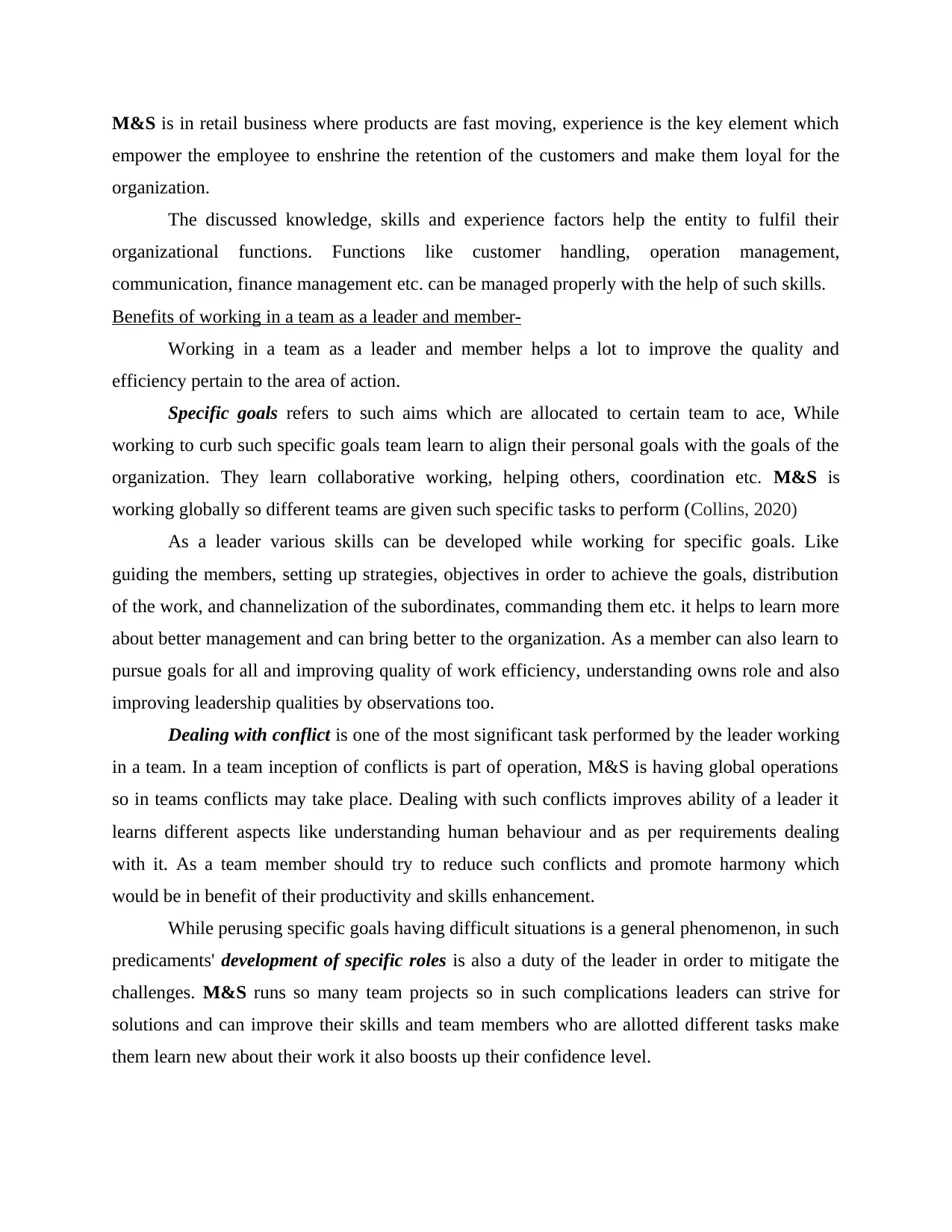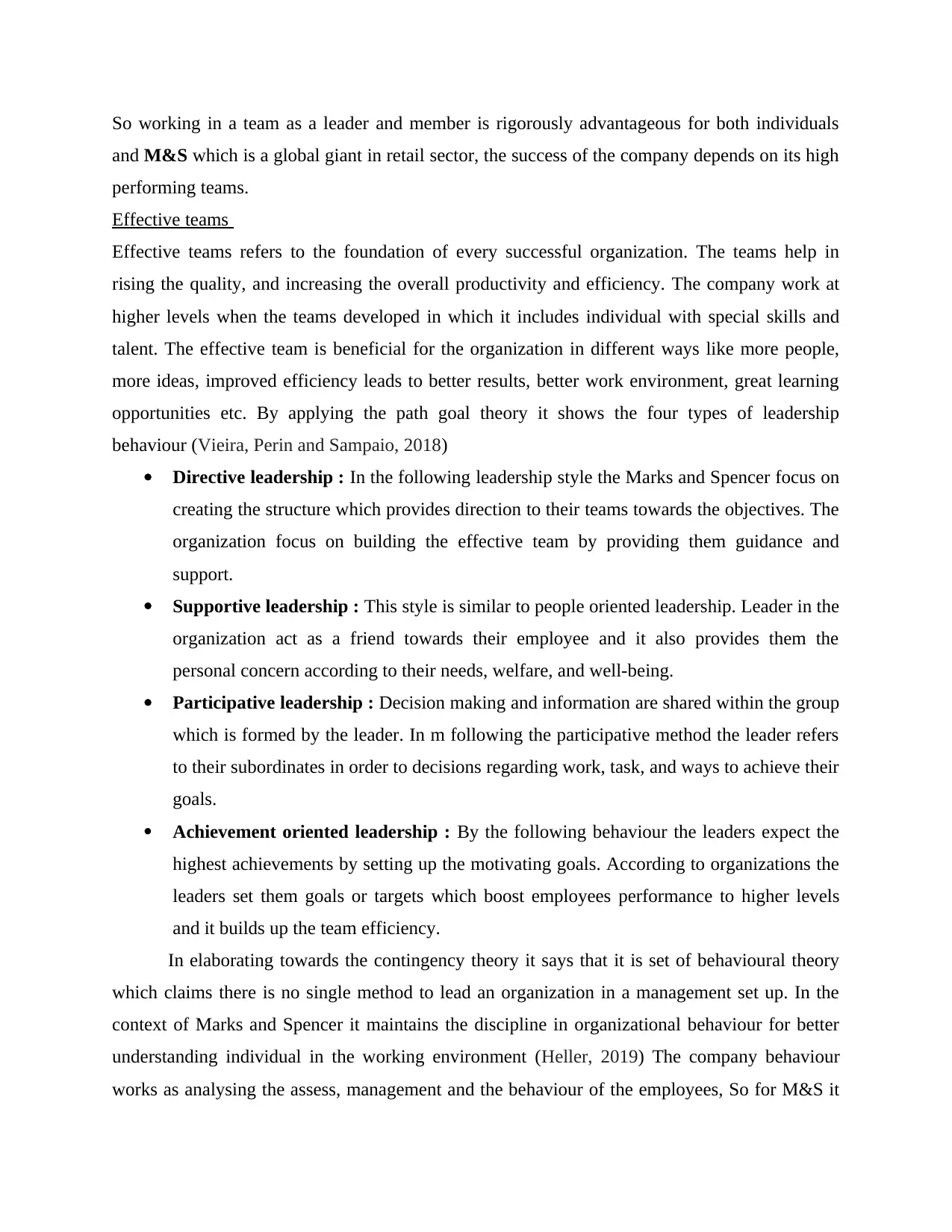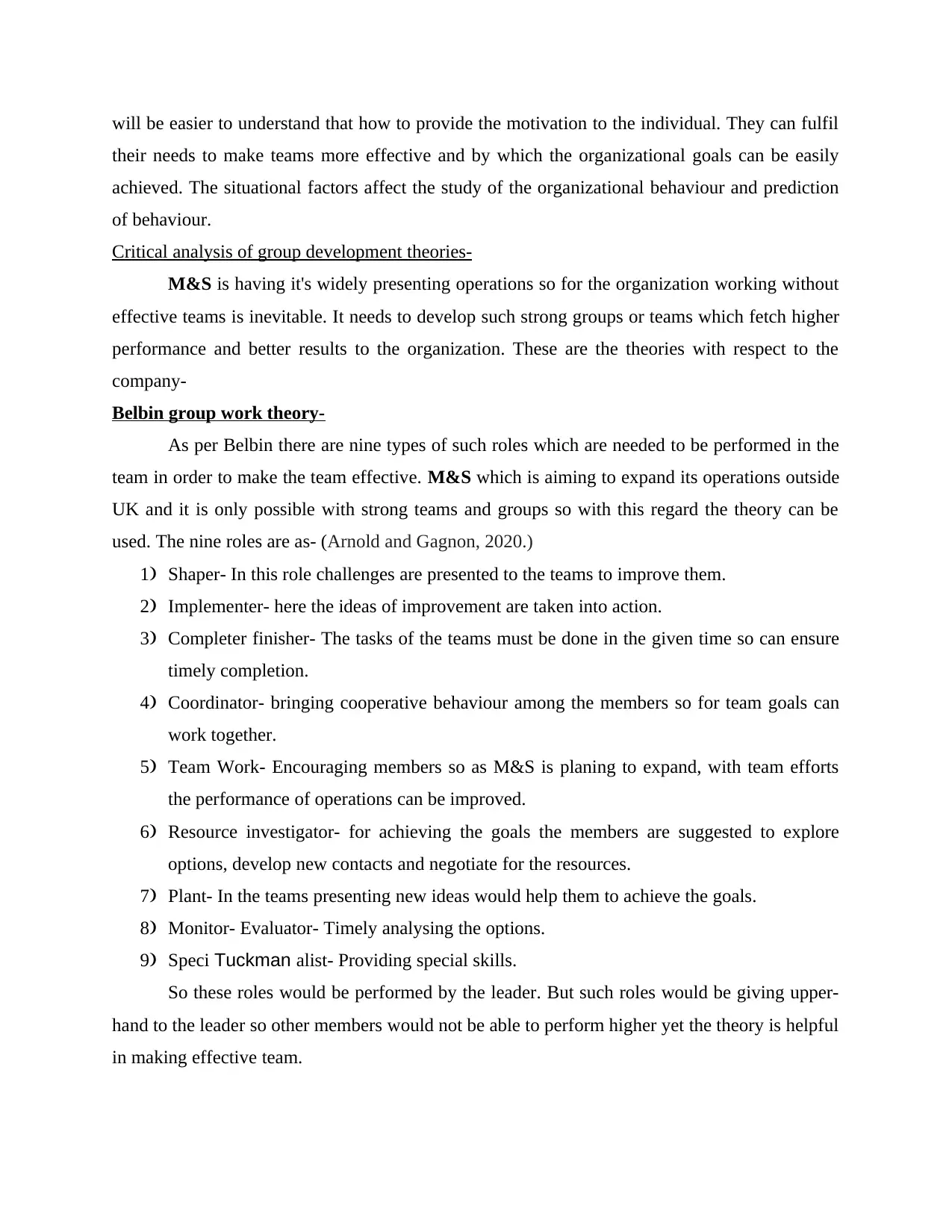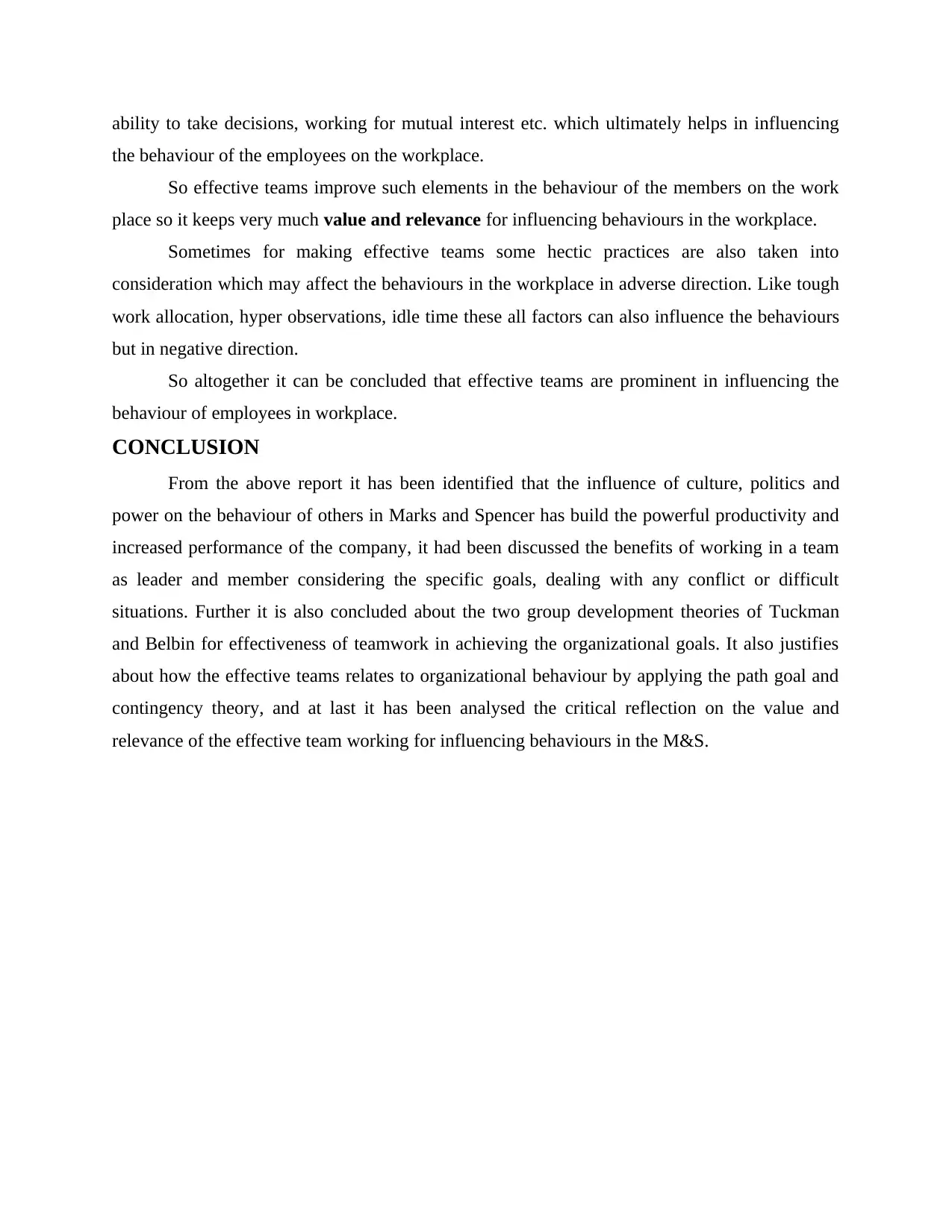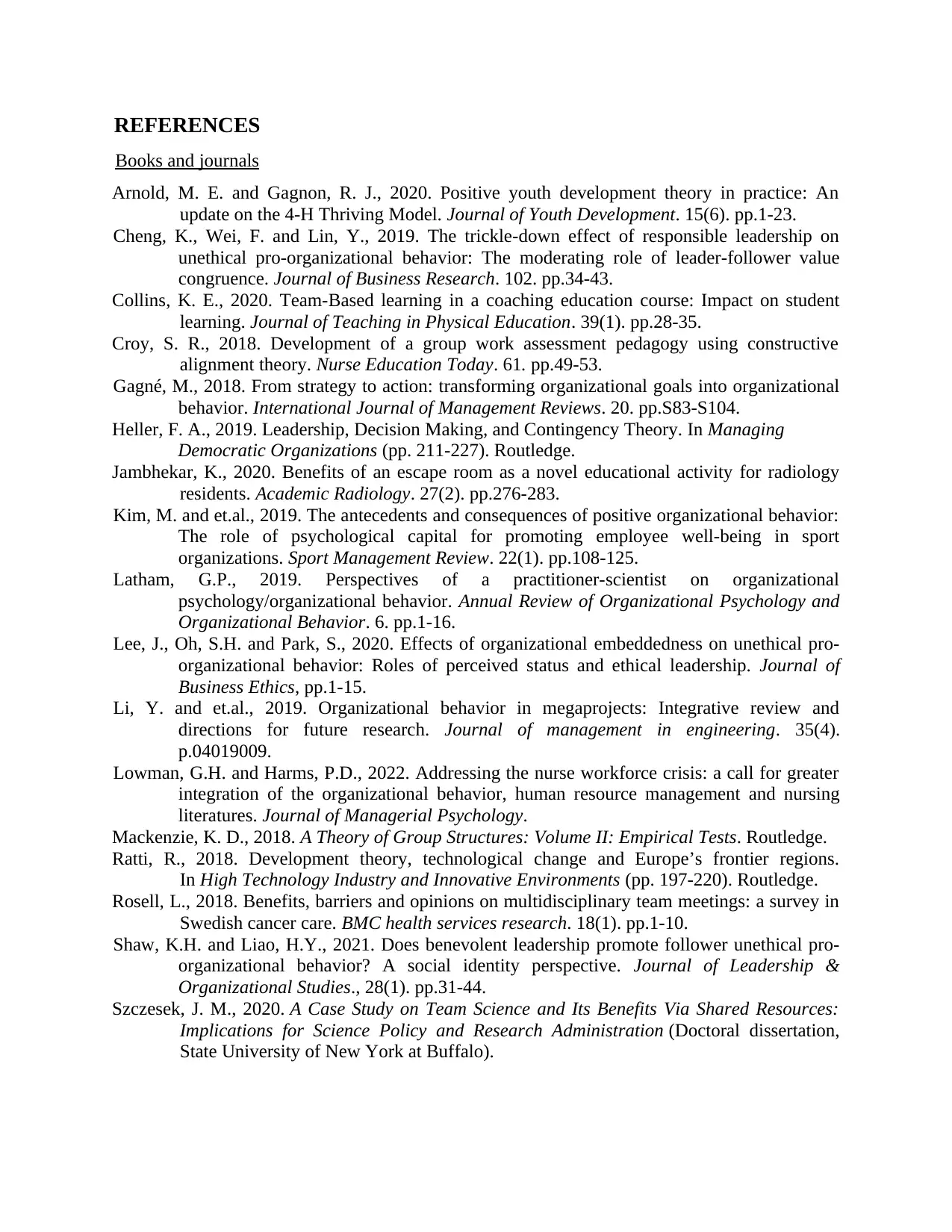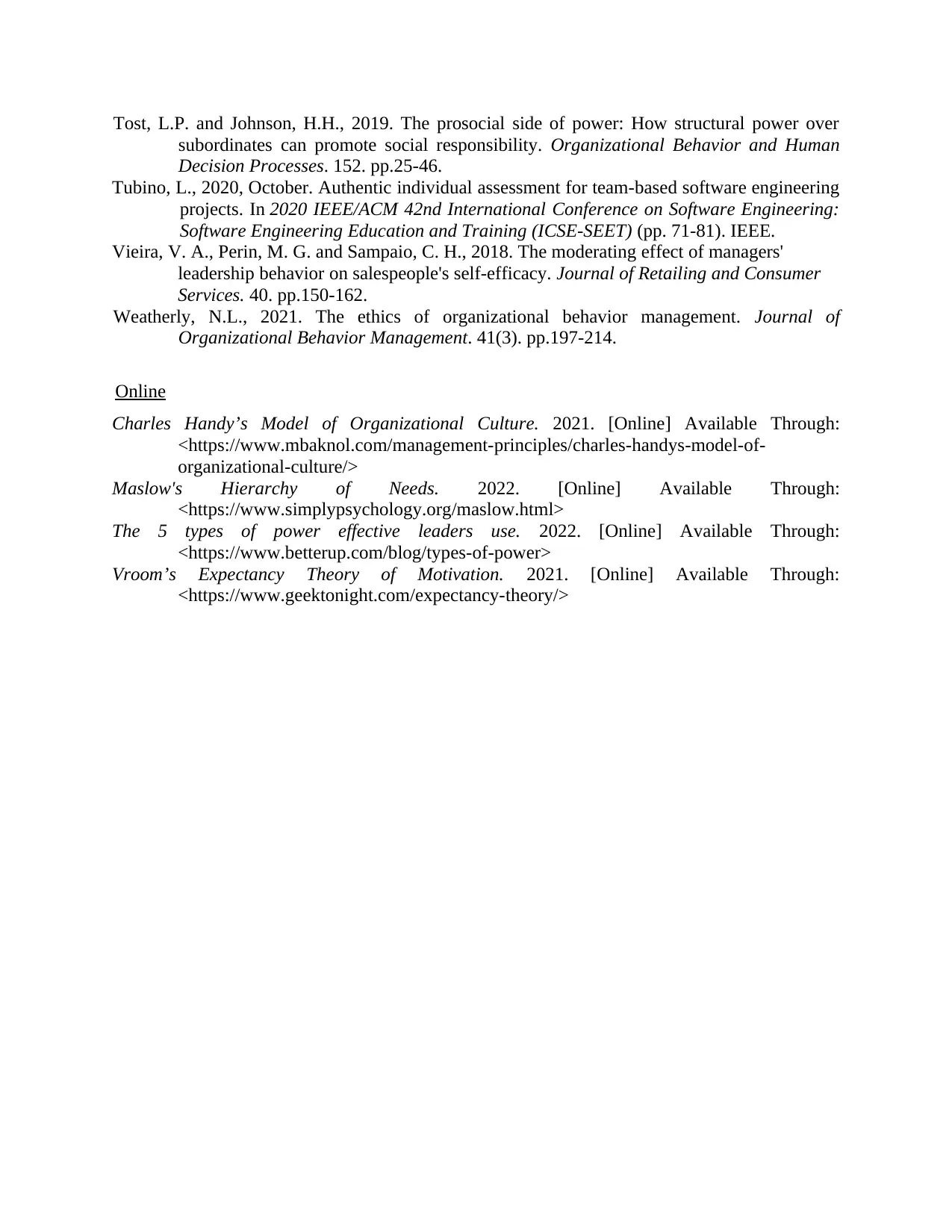This report explores the influence of organizational motivation and culture on performances and behaviours within the workplace, various organizational cultures and motivational theories, affects of these theories on behaviour and performance of the organization, recommendations on how the organization could improve performance of their staff in order to meet goals, an overview of the culture politics and power of the chosen organization, with examples of how these aspects have an influence over the organization and motivational theories and techniques that have been applied to the organization, benefits of working in a team, its effects towards achieving specific goals and dealing with conflicts, group development theories, relation of concepts of OB with effective teams, critical reflection on value and relevance of effective teams in order to influence behaviours in a workplace.
![[object Object]](/_next/static/media/star-bottom.7253800d.svg)
![[object Object]](/_next/static/media/star-bottom.7253800d.svg)
